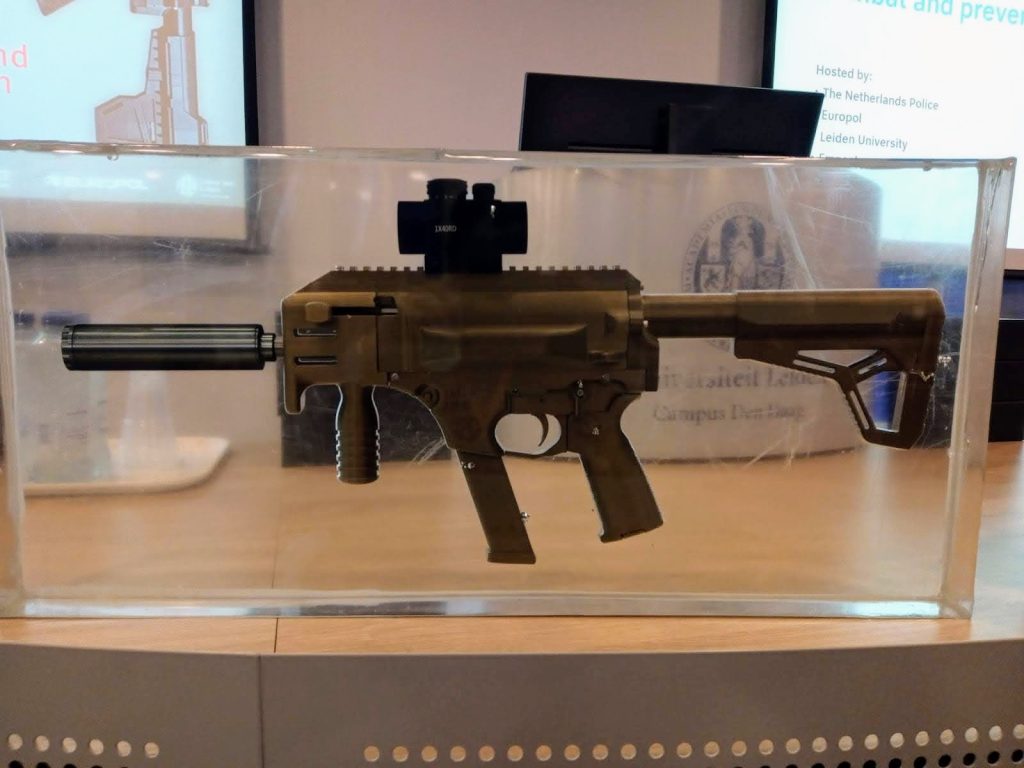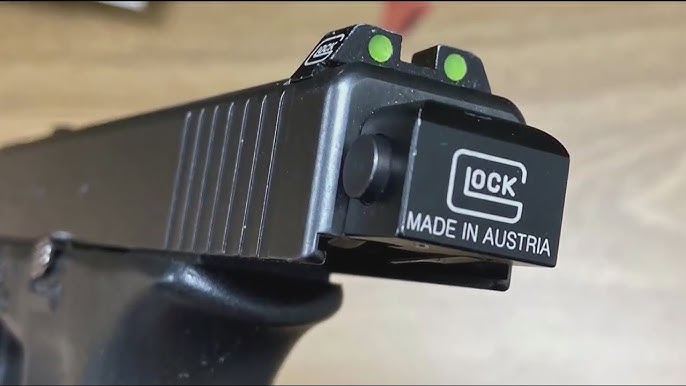The US Supreme Court signaled a willingness to uphold the Biden administration’s efforts to regulate “ghost guns,” untraceable firearms assembled from kits or 3D printed parts. In a pivotal case several justices, including members of the conservative majority, appeared skeptical of arguments presented by gun rights groups challenging the new regulations.
At the heart of the case is whether the Bureau of Alcohol, Tobacco, Firearms and Explosives (ATF) appropriately applied the 1968 Gun Control Act to ghost gun kits. The administration’s rule requires manufacturers to include serial numbers on these kits and mandates background checks for purchasers, effectively treating them like commercially made firearms. Solicitor General Elizabeth Prelogar argued that these kits are marketed as “ridiculously easy to assemble,” allowing individuals to construct functional firearms in as little as 15 minutes without regulatory oversight.
Justice Samuel Alito challenged this interpretation with analogies, questioning whether possessing components equates to owning the final product. Prelogar countered by emphasizing that ghost gun kits have “no other conceivable use” than to become firearms. Justice Amy Coney Barrett extended the discussion with a comparison to meal kits from HelloFresh, to which Prelogar agreed, noting that such kits are recognized for their intended purpose.
Peter Patterson, representing the gun rights groups, contended that the ATF overstepped its authority by redefining parts kits as firearms. He likened assembling a ghost gun to a hobbyist working on a car. Chief Justice John Roberts appeared unconvinced, questioning the true intent behind selling incomplete gun receivers and suggesting that drilling a few holes offers limited satisfaction compared to automotive tinkering.
The rise of ghost guns is closely linked to advancements in 3D printing technology, which have made it easier for individuals to produce firearm components at home. According to ATF data cited by the White House, law enforcement recovered approximately 20,000 suspected ghost guns in criminal investigations in 2022—a tenfold increase since 2016.


Government Initiatives and Expert Warnings on 3D Printed Guns
In response to the growing threat posed by 3D printed firearms and machine gun converters, U.S. President Joe Biden signed an executive order establishing the “Emerging Firearms Threats Task Force.” This task force aims to address the proliferation of 3D printed weapons, including components like auto sears—small devices that can convert semi-automatic pistols into fully automatic weapons capable of firing up to 1,200 rounds per minute. According to the White House, these devices can be 3D printed for under 40 cents in just 30 minutes, making them an alarming risk for public safety.
The task force’s mission includes evaluating how federal agencies can better detect, intercept, and seize these devices, which are often undetectable by conventional means due to the lack of serial numbers. In addition, the task force will focus on ghost guns, fully 3D printed firearms that evade standard security scanners, making them particularly difficult to trace. The Biden administration has given the task force 90 days to report back with recommendations on how to curb the circulation of these unregulated weapons, as well as potential funding needs from Congress to support the initiative.
Beyond government action, experts are raising concerns about the intersection of 3D printing technology and far-right extremism. In an interview with Dr. Yannick Veilleux-Lepage, an Assistant Professor at the Royal Military College of Canada specializing in terrorism and political violence, detailed how 3D printed firearms are increasingly attractive to extremist groups. His research, published in West Point’s CTC Sentinel Journal, highlights 42 cases of far-right extremists manufacturing or attempting to acquire 3D printed guns. Dr. Veilleux-Lepage explained that these weapons hold symbolic value for extremists, representing defiance against state regulation and control.
Dr. Yannick also noted that while the 3D printed firearm community includes a range of ideologies, it is “adjacent to the far-right online ecosystem,” making it susceptible to the spread of extremist views. Platforms such as YouTube, Reddit, and encrypted messaging apps facilitate the exchange of blueprints and instructions for making these weapons, which can contribute to the radicalization of individuals through shared interests in DIY culture and open-source technology.


Nominations are open for the 2024 3D Printing Industry Awards. Be part of it today!
What will the future of 3D printing look like?
Which recent trends are driving the 3D printing industry, as highlighted by experts?
Subscribe to the 3D Printing Industry newsletter to stay updated with the latest news and insights.
Stay connected with the latest in 3D printing by following us on Twitter and Facebook, and don’t forget to subscribe to the 3D Printing Industry YouTube channel for more exclusive content.
Featured images: U.S. Supreme Court, 3D-printed FGC-9, and Glock with an auto sear switch. Photos via Joe Ravi / CC-BY-SA 3.0, Dr. Yannick Veilleux-Lepage, and WGN-TV.


